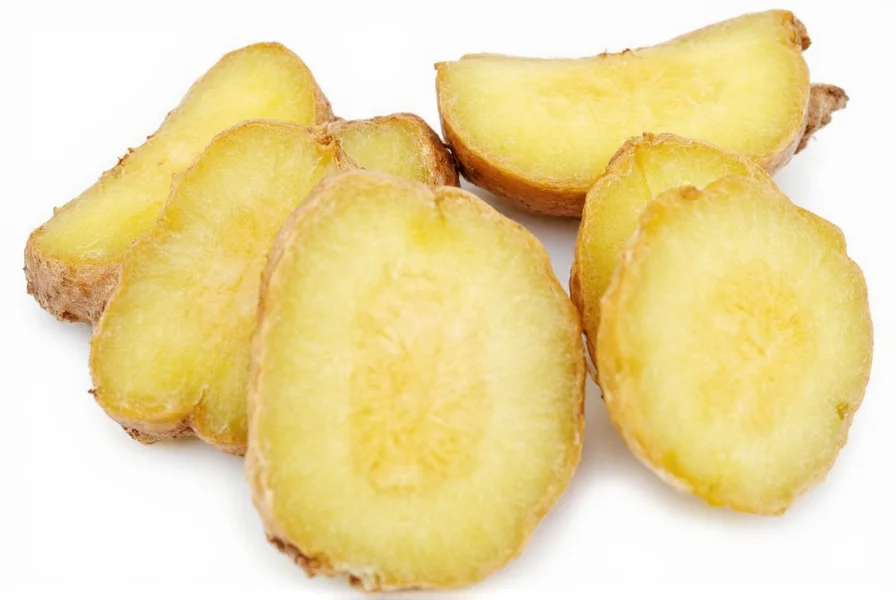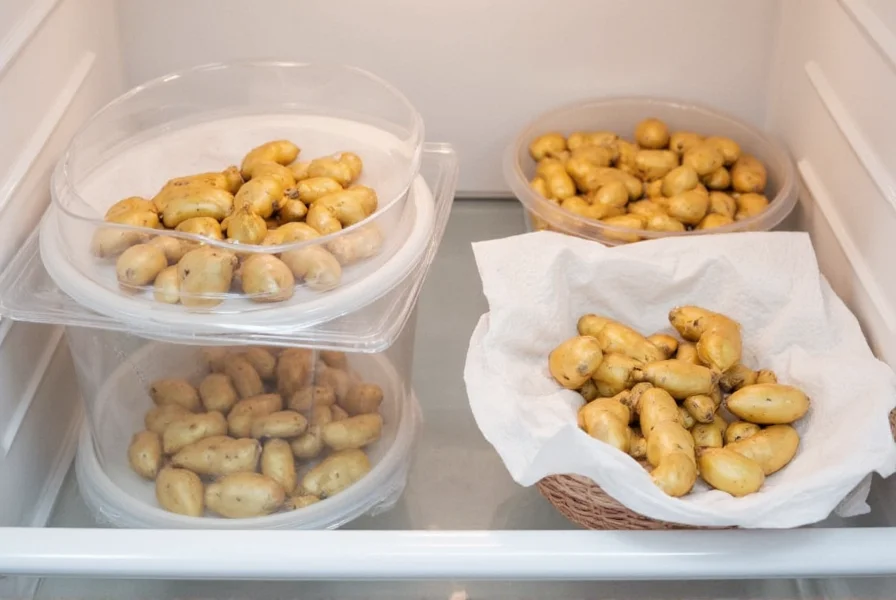Preparing ginger root properly transforms both the flavor and texture of your dishes. Whether you're making stir-fries, soups, teas, or baked goods, the right preparation technique makes all the difference. This comprehensive guide covers everything you need to know about selecting, peeling, cutting, and storing fresh ginger for optimal culinary results.
Selecting Quality Ginger Root
Start with fresh, high-quality ginger. Look for roots that feel heavy for their size with smooth, taut skin. Avoid pieces with wrinkles, soft spots, or visible mold. Young ginger has thinner skin and is more tender, while mature ginger has a stronger flavor and thicker skin. For most cooking applications, mature ginger works best due to its robust flavor profile.

Essential Tools for Ginger Preparation
You don't need specialized equipment to prepare ginger effectively. Gather these basic kitchen tools:
- A sharp vegetable peeler or paring knife
- A teaspoon (for the spoon peeling method)
- A microplane grater for fine grating
- A cutting board
- A sharp chef's knife
Step-by-Step Ginger Preparation Methods
Peeling Ginger Root
There are three effective methods to peel ginger without wasting the valuable flesh:
- Spoon technique: Hold a teaspoon and slide it between the skin and flesh. The curved edge easily follows ginger's contours with minimal waste. This method works particularly well for how to peel ginger without a knife.
- Vegetable peeler: Use a Y-shaped peeler for thin, efficient peeling. Works best on smoother ginger pieces.
- Knife method: Carefully slice off thin layers of skin with a paring knife. Requires more precision to avoid removing too much flesh.
Cutting Techniques for Different Recipes
The way you cut ginger affects both flavor release and texture in your finished dish:
| Cutting Method | Best For | How-To |
|---|---|---|
| Slicing (thin rounds) | Teas, braises, pickling | Cut crosswise into 1/8-inch slices. Remove tough fibers by slicing parallel to them. |
| Mincing (fine pieces) | Stir-fries, marinades, sauces | Cut into thin matchsticks first, then finely chop. For how to mince ginger for stir fry, aim for pieces no larger than 1/16 inch. |
| Grating | Curries, dressings, baked goods | Use a microplane for fine texture. Press firmly and grate in one direction for how to grate ginger for recipes requiring maximum flavor extraction. |
| Julienned (matchsticks) | Garnishes, salads, Asian dishes | Cut into thin strips about 2 inches long and 1/8 inch thick. |
Storing Prepared Ginger
Proper storage extends ginger's shelf life significantly:
- Whole, unpeeled ginger: Store in a paper bag in the vegetable crisper drawer. Lasts 3-4 weeks.
- Peeled ginger: Submerge in vodka or sherry in an airtight container. Lasts up to 6 months.
- Minced or grated ginger: Freeze in ice cube trays covered with water or oil, then transfer to freezer bags. Use directly from frozen in recipes.
- Refrigerator storage: Place in a resealable bag with a paper towel to absorb moisture. Change the paper towel weekly for best way to store fresh ginger.

Common Ginger Preparation Mistakes to Avoid
Even experienced cooks make these ginger preparation errors:
- Using dried-out ginger: Wrinkled ginger lacks flavor and has a fibrous texture. Always select firm roots.
- Peeling too deeply: Removing too much flesh wastes valuable ginger. The spoon method minimizes waste.
- Not adjusting cut size for recipe: Large chunks won't distribute flavor evenly in sauces. Match your cutting technique to the dish.
- Storing peeled ginger uncovered: Exposed ginger dries out quickly. Always store in airtight containers.
- Using old ginger in delicate dishes: Stronger, older ginger overpowers subtle flavors. Use younger ginger for teas and light sauces.
Specialized Ginger Preparation Techniques
For specific culinary applications, try these professional techniques:
- Ginger water extraction: Grate ginger, then squeeze through cheesecloth to extract pure ginger juice for cocktails or dressings.
- Candied ginger preparation: Simmer thin slices in simple syrup until translucent, then coat with sugar.
- Ginger paste: Blend peeled ginger with a small amount of oil or water for consistent flavor distribution in curries.
- Infused oils: Gently heat sliced ginger in neutral oil for 10 minutes, then strain for ginger-flavored cooking oil.
Frequently Asked Questions
Can I use ginger without peeling it?
Yes, you can use ginger without peeling if you thoroughly scrub it clean. The skin is edible and contains concentrated flavor compounds. This works best with young ginger that has thin skin. For mature ginger with thicker skin, peeling improves texture in most dishes.
How long does prepared ginger last in the refrigerator?
Properly stored peeled ginger lasts 1-2 weeks in the refrigerator. Place it in an airtight container with a slightly damp paper towel. Minced or grated ginger lasts 5-7 days. For longer storage, freeze ginger in oil or water in ice cube trays, which preserves flavor for up to 6 months.
Why does my ginger taste bitter after cooking?
Ginger can become bitter when overcooked or when the tough fibers are not properly removed. Always slice ginger against the grain to minimize fibrous texture. For long-cooking dishes, add ginger later in the cooking process. Bitterness also occurs when using ginger that has started to spoil - always check for freshness before use.
What's the best way to measure grated ginger?
The most accurate way to measure grated ginger is by weight rather than volume. One tablespoon of freshly grated ginger weighs approximately 6 grams. If measuring by volume, lightly pack the grated ginger into the measuring spoon without pressing down. For consistent results in recipes, consider keeping a small kitchen scale specifically for spices and aromatics.










 浙公网安备
33010002000092号
浙公网安备
33010002000092号 浙B2-20120091-4
浙B2-20120091-4